RSS
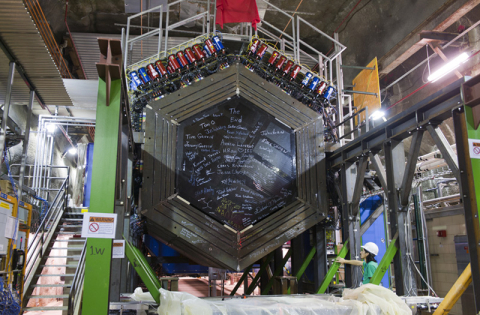
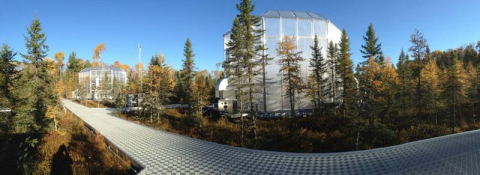



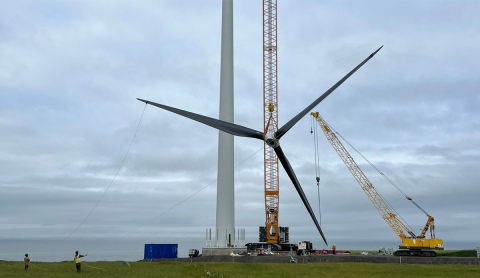
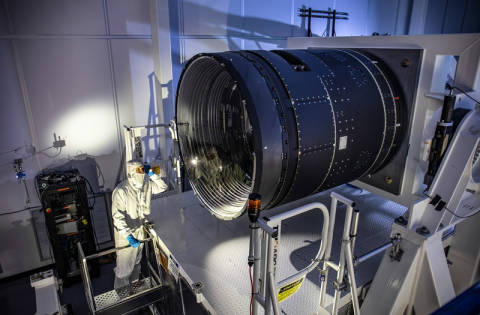
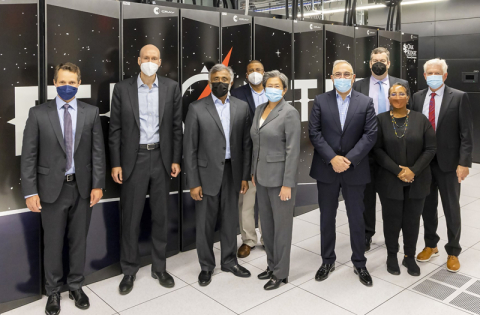
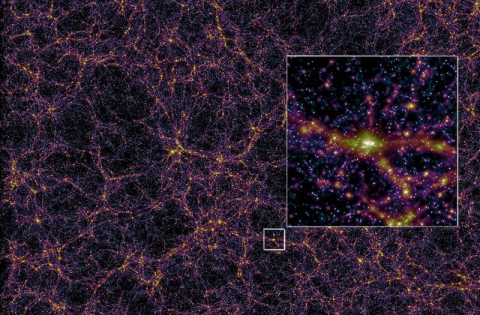


Scientists in the MINERvA collaboration developed a way to measure the proton using neutrinos.

The Spruce and Peatland Responses Under Changing Environments (SPRUCE) experiment provides a look into potential futures under climate change.

Americans average about 90% of their time indoors, whether in homes, workplaces, schools, restaurants, gyms, places of worship, or elsewhere. With all that time indoors, it’s vital that the air in those buildings is safe to breathe.

The Energy Department has a new tool that enables drivers to calculate how much they can save on fuel costs by driving a fully electric or plug-in hybrid electric vehicle. Drivers can enter their ZIP code or state, as well as any additional...

Just as time sprung forward in March, clean energy investments are popping up all across America. U.S. Energy Secretary Jennifer Granholm kicked off the spring with visits to the Deep South, the Midwest, and Puerto Rico.

Wind Project to Save Utility and Villages $11.4 Million

A team from DOE’s national labs has finished building the Legacy Survey of Space and Time Camera, which will take unparalleled images of the cosmos.

As I depart the Office of Science to return to my academic position, I would like to take a moment to reflect on the amazing things we’ve done together over the past two years.

Scientists are developing simulations of the universe and its evolution that take advantage of new, powerful exascale supercomputers.

More powerful computing resources than ever before enabled fusion researchers to delve even deeper into the details of plasma.

